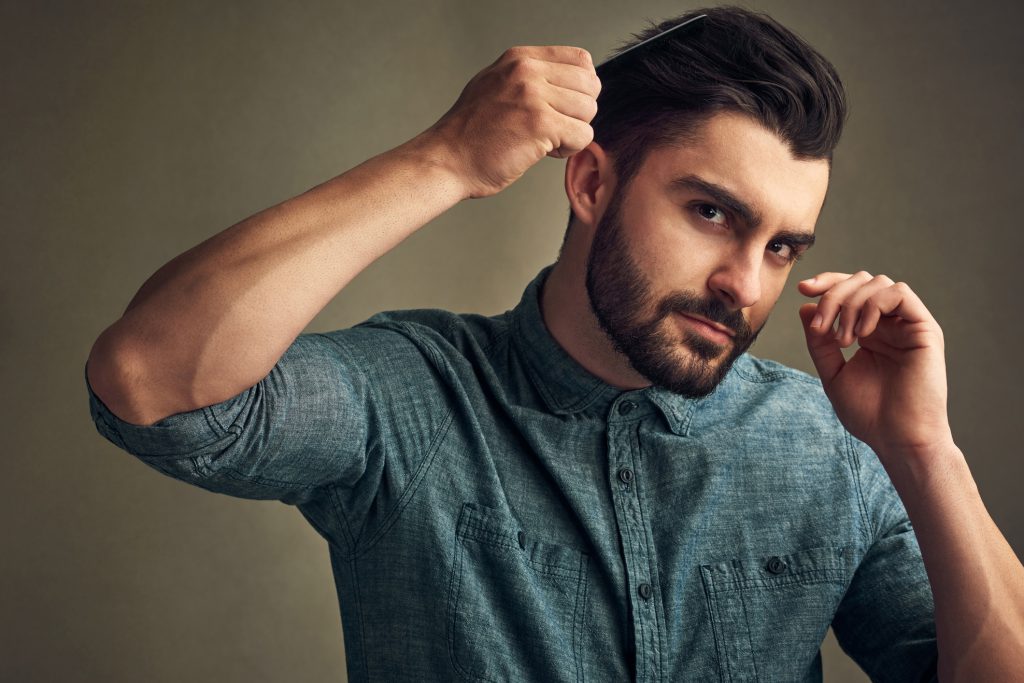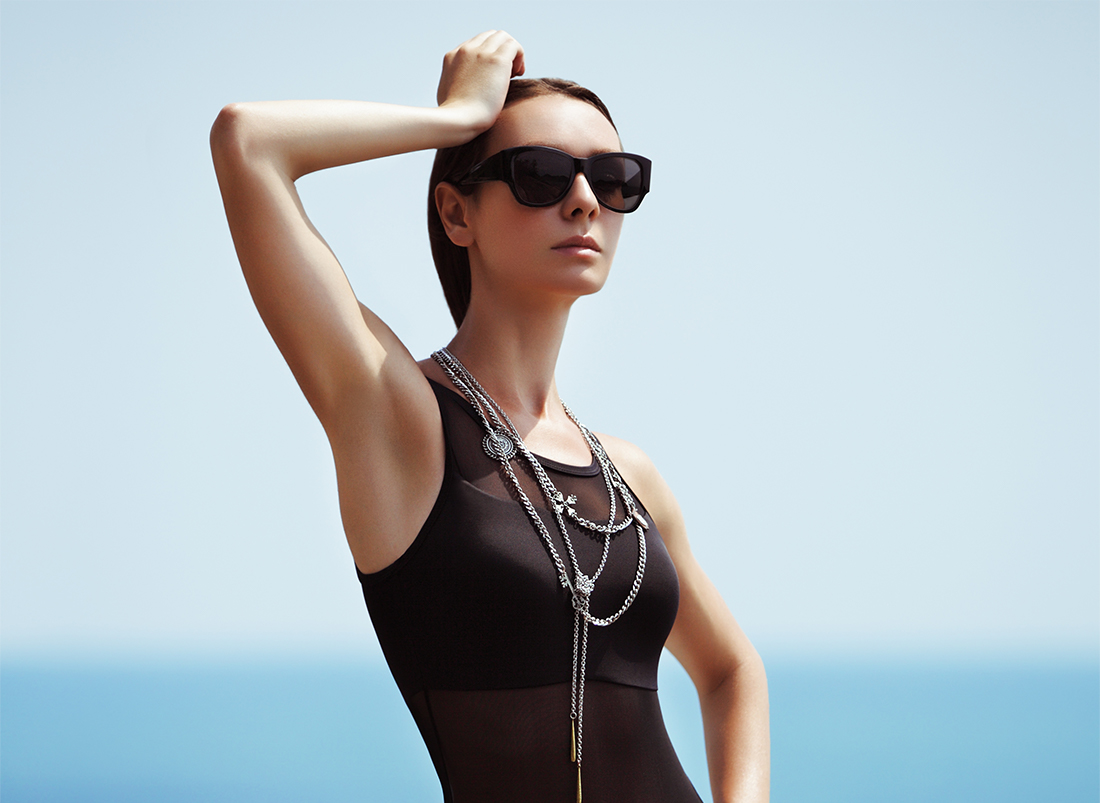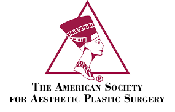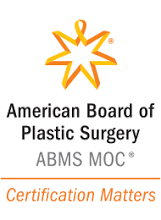Hair Restoration and the PRP Advantages

With hair loss affecting almost half the population worldwide, many clients are seeking a safe, non-invasive way to reclaim their youthful locks along with their self-confidence. PRP injections are an innovative method of combating thinning hair, a receding hairline, and excessive shedding with no downtime or discomfort. Platelet-rich plasma is abundant with growth factors that can help regenerate the hair follicles and jumpstart your scalp’s rejuvenation. Harvested from your blood, PRP comes with no allergic reactions.
What happens during a PRP hair restoration treatment?
Your PRP session begins with a frank and open conversation regarding your hair restoration goals. Next, your practitioner will examine your scalp and review your treatment history. The next step is a topical anesthetic applied to the skin. Blood is drawn from your arm and deposited in a centrifuge that isolates its platelet-rich plasma. The PRP is then strategically injected into the scalp at chosen points along the hairline and the crown. The leftover portion of the PRP can be delivered topically to the scalp and microneedle to ensure optimal absorption. The entire procedure takes around 45 minutes, and there is no downtime afterward.
Is PRP treatment painful?
Unlike some other methods of hair transplantation that are laborious and uncomfortable, PRP injections are virtually painless. Your scalp will be numbed before your session with a topical anesthetic so that you won’t feel the tiny pricks of the needles whatsoever. After your procedure, there is no downtime. You’ll be able to simply return to the tasks of the day knowing that soon you will enjoy thicker, more luxurious hair and a boost in your self-confidence.
What can I expect from my results?
After around 30 days, you will gradually begin to see tiny hairs emerging from their follicles. Your peak growth will happen about 90 days after your treatment. Clients targeting specific zones on the scalp can undergo one PRP session per month for 3-5 months. The new hair will continue to regenerate over one year. It will appear thicker and healthier as time goes by. Results with PRP injections tend to last 1-2 years.
Who is a good candidate for PRP hair restoration?
PRP is a treatment that works best for those people who are just beginning to experience hair loss. Patients that are already bald will not benefit from the procedure. PRP is administered directly into the scalp, so the skin must be viable to receive injections. In addition, patients who have extensive sun damage on their scalp may experience diminished hair restoration results with PRP.
PRP treatment depends as well on your overall health. You will need to be free from infections, cancer, and other serious illnesses to receive PRP injections. Those with anemia will not qualify to have their blood drawn for the processing of platelet-rich plasma. Heavy smokers or drinkers may not have the crucial platelet count to support the treatment, and poor nutrition can damage the hair follicles.
What is the takeaway?
PRP has been used for decades in the field of regenerative medicine to help treat sports injuries. It is also a staple of facial rejuvenation techniques, thanks to its remarkable anti-aging properties. Medical professionals from many different disciplines swear by PRP when it comes to its healing properties and safe, non-invasive delivery. So if you are struggling with early hair loss, shedding, thinning or a receding hairline, contact Dr. Heil in Pittsburgh today to discover your options for non-surgical hair restoration.















